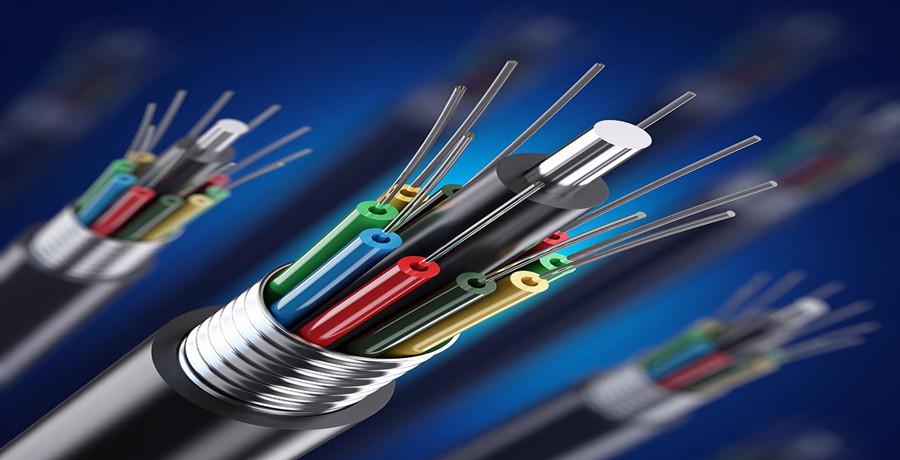
In the community renovation project, some areas may need optical fiber cables to cross squares or roads.
In the case where the overhead method is not advocated, if the pipeline is laid on the excavation, the amount of work will be relatively large.
As the home cable, the advantages of the skin cable router have been widely recognized by domestic communication operators.
Here, we need to briefly introduce the G.657 fiber that is applied to the skin cable.
The G.657 fiber standard was released by the ITU-T at the end of 2006 and is divided into G.657.A and G.657.B. Compared with G.652.D fiber, the other indicators are basically the same except for the difference in bending radius and mode field diameter.
For G.657.A fiber, the mode field diameter is consistent with G.652.D and the bend radius can reach 10mm.
The bending radius of G.657.B can reach 7.5mm, but the difference between the model field diameter index and the G.652.D index is relatively large.
For the optical fiber cable, which is well-known that the difference in mode field diameter will eventually affect the splice loss indicator.
Therefore, in order to ensure the quality of network construction, communication operators prefer to use G.657.
A fiber that is more consistent with the G.652.D target.
This is not because communication operators are unwilling to adopt G.657.B products with better bending effects, but because G.657.B has a too wide range of mode field diameters, and it is difficult to control the requirements for connection indicators.
The G.657 fiber launched by Changfei Company can meet the requirements of G.652.D under the condition that the bending radius can reach 7.5mm, and the connection loss with the G.652 fiber is also less than 0.05dB.